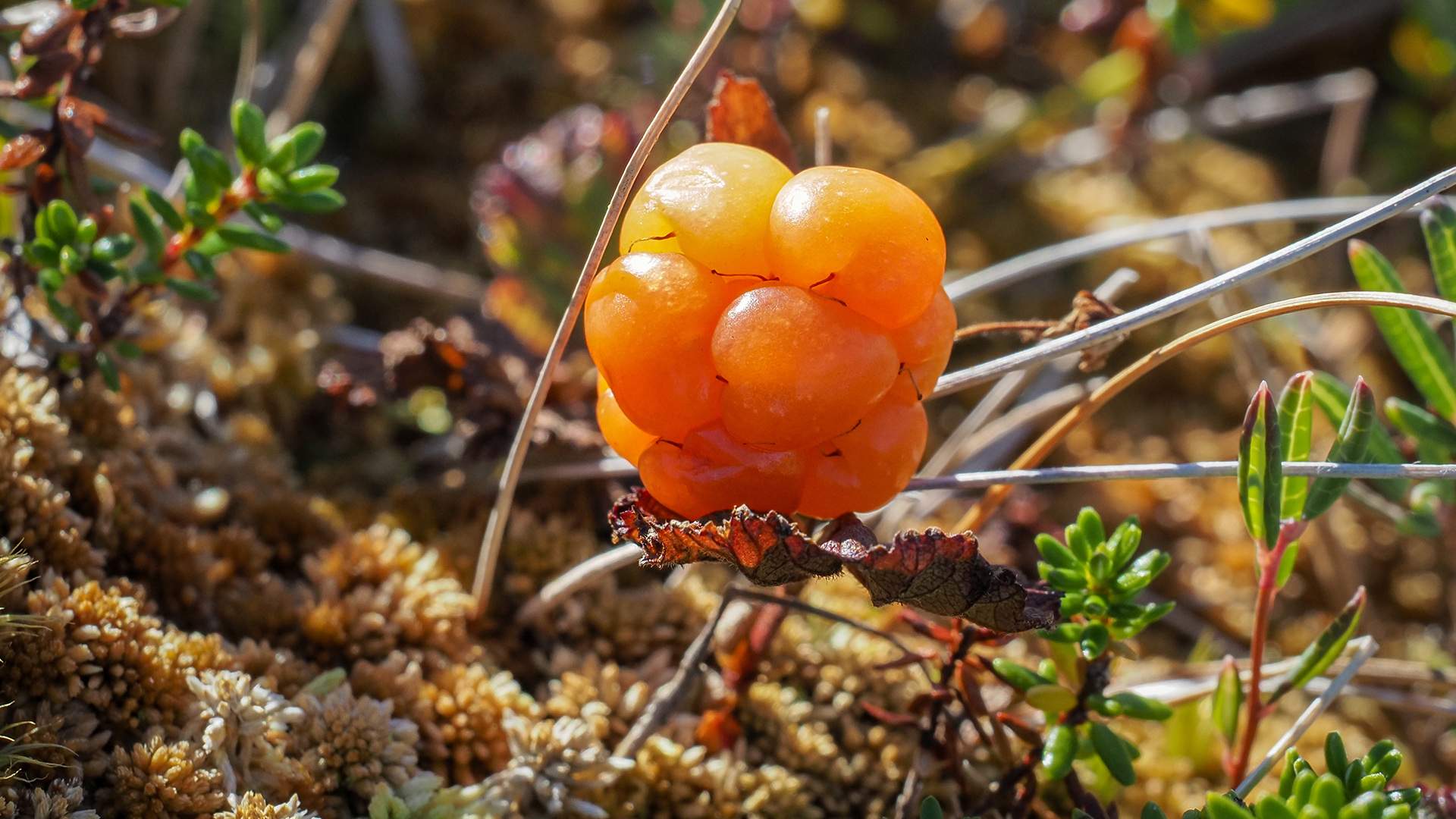- Статьи
- Science and technology
- Meet the sprouts: new technology will allow to breed cloudberries 50 times faster
Meet the sprouts: new technology will allow to breed cloudberries 50 times faster

Russian scientists have developed a new method of cloudberry breeding. It is based on microclonal propagation technology, which makes it possible to get up to 100 new seedlings from one plant, while classical breeding produces only two or three seedlings. Specialists have compiled a detailed algorithm for regulating the nutrient environment and the use of various fertilizers at different stages of cuttings development. This increases the rooting rate of shoots in the soil to 100%. According to experts, the development is sure to be in commercial demand.
Cloudberry breeding technology
Specialists of the K.A. Timiryazev Russian State Academy of Agricultural Sciences have developed a new method of cloudberry breeding based on microclonal propagation, when plant fragments are placed in a nutrient medium and up to a hundred new specimens are obtained from it. The method has been successfully applied to other crops, but for effective propagation of each new species it is necessary to create its own original technology, which was done by the scientists. They determined the optimal composition of the nutrient medium at different stages of shoot development. The method can be used to accelerate the production of healthy planting material for the establishment of berry plantations.
- This method allows to increase the reproduction rate of cloudberry plants in 3.5 times, its adaptation in non-sterile conditions- up to 100%, as well as to reduce labor costs when growing seedlings, - said the head of the author's team, acting director of the Institute of Horticulture and Landscape Architecture of K.A. Timiryazev Russian State Agrarian University-MSHA Sergey Makarov.
In the traditional method of obtaining planting material of cloudberry it is propagated by division of rhizome and cuttings. The yield of planting material from these methods is small - two or three plants per bush. With microclonal propagation from a single specimen can get up to 100 seedlings. That is, to accelerate breeding by 50 times. In addition, in classical breeding from parental plants to cuttings can be transmitted diseases, and their adaptation requires quite a lot of time and financial resources to create the necessary conditions for growing standard planting material.
Instead, the developers proposed to keep the cuttings grown by microclonal method in a solution of immunocytophyte preparation (means for plant protection against diseases), and as a source of carbohydrates in the nutrient medium to use glucose. Also at the stage of micropropagation in it add growth regulators of cytokinin group and chlorella extract, and at the stage of rooting microshoots - activated carbon.
A special scheme is used to adapt the plant in vitro (from a test tube) to non-sterile soil conditions - a substrate made of a mixture of peat and shungite is used, and the plant is fed with water-soluble complex mineral fertilizer "Aquarine" (universal means for seedling feeding).
The special value of cloudberry is that the berry contains almost a full complex of vitamins A, B and C, as well as special phenolic compounds that work as antioxidants - protect the body's cells from damage, the developers said.
New methods in agriculture
Biotechnology, including microclonal propagation of gardening material, especially those difficult to propagate by traditional methods, is now relevant and in demand not only from a scientific point of view, but also from the economic and economic point of view. Thanks to them it is possible to accelerate the introduction of the results of intellectual achievements into agricultural and commodity turnover, says Valery Burlutsky, senior lecturer at the Agrarian and Technological Institute of PFUR.
- The applicability of high technologies in business processes is often determined by time frames, product quality and its economics. Microclonal seed multiplication meets these three positions. Scientists have done a really hard work both in terms of the number of iterations and the unique solution of nuances known to specialists, " he said.
The development addresses the issues of poor culture responsiveness to inoculation and regeneration in the lab. It also demonstrates high yield and efficiency factor of the developed technology, the specialist added.
- Modern methods are necessary for agriculture. In our country, an average agricultural company produces about 1 million plants per year. And foreign companies produce about 1-3 million seedlings per month thanks to technology. Cloudberries can be used for confectionery production, so the methodology should be commercially demanded," says Stepan Valevich, the leader of a startup project to create digital plant look-alikes.
Currently, the first batches of such planting material have already been transferred to farms in the Khanty-Mansiysk Autonomous District and Khabarovsk Krai.
The scientific work was carried out as part of the Priority 2030 strategic academic leadership program.
Переведено сервисом «Яндекс Переводчик»




